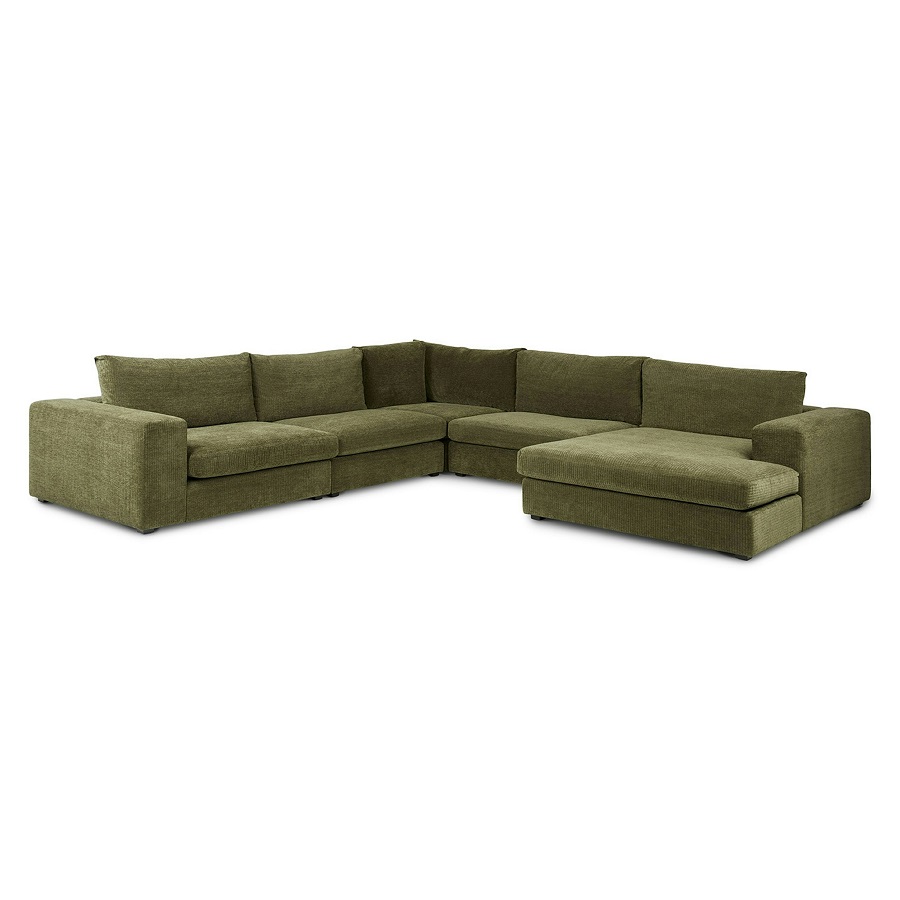Keeping your kitchen cabinets clean is crucial not only for aesthetic reasons but also for maintaining a hygienic cooking environment. Over time, cabinets can accumulate grime, grease, and dust, which can diminish their appearance and even impact their longevity. This comprehensive guide explores effective methods for cleaning kitchen cabinets, ensuring they stay in top condition.
Understanding Your Cabinet Material
Identifying Different Types of Cabinet Finishes
Before starting the cleaning process, it’s essential to identify the type of material your kitchen cabinets are made of. Kitchen cabinets come in various finishes, including wood, laminate, and painted surfaces. Each material requires a different cleaning approach to prevent damage and achieve optimal results.
Wood cabinets, for instance, may have a natural finish or a veneer, and each type has specific care instructions. Laminate cabinets are generally more durable and resistant to stains but can be susceptible to scratches if not cleaned properly. Painted surfaces can show dirt and grime more easily, and improper cleaning techniques can lead to peeling or discoloration.
Understanding these materials will guide you in choosing the right cleaning products and methods to use. For example, wood cabinets often benefit from natural cleaning solutions like vinegar and olive oil, while laminate surfaces might respond better to commercial all-purpose cleaners. Always check the manufacturer’s recommendations if available.

Evaluating the Condition of Your Cabinets
Assessing the condition of your cabinets before starting the cleaning process can help you determine the best approach. Look for signs of wear and tear, such as scratches, stains, or loose hinges. Cabinets with heavy grease buildup may require a more intensive cleaning regimen compared to those with only light dusting needs.
For cabinets in excellent condition, regular cleaning with mild solutions will suffice. However, if your cabinets show signs of significant damage or grime, you might need to use specialized products or methods to restore their appearance. Addressing these issues early can prevent more severe damage and extend the life of your cabinetry.
Basic Cleaning Techniques
Dusting and Dry Wiping
The first step in cleaning kitchen cabinets is to remove loose dust and debris. Use a soft, dry microfiber cloth or a duster to gently wipe the surface of the cabinets. Microfiber cloths are particularly effective at trapping dust without scratching the surface. This step prepares the cabinets for more intensive cleaning and ensures that you don’t spread dirt around.
Be thorough but gentle, paying special attention to corners and crevices where dust tends to accumulate. Dusting regularly can prevent buildup and make more thorough cleanings easier. For hard-to-reach areas, consider using a small, dry paintbrush or a vacuum with a brush attachment.
Washing with Mild Detergent
Once you’ve dusted the cabinets, it’s time for a more thorough clean. Prepare a solution of mild dish detergent and warm water. Avoid using harsh chemicals or abrasive cleaners, as these can damage the finish of your cabinets. Dip a soft cloth or sponge into the soapy water, wring it out to avoid excess moisture, and gently clean the cabinet surfaces.
Pay attention to areas with visible stains or grease buildup. For stubborn spots, you may need to apply a bit more pressure or use a soft-bristled brush. Rinse the cloth or sponge frequently to ensure that you’re not spreading grime around. After cleaning, wipe down the cabinets with a clean, damp cloth to remove any soap residue, and then dry them thoroughly with a soft, dry towel.

Specialized Cleaning Solutions
Natural Cleaners for Wood Cabinets
Wood cabinets often require special care to maintain their natural beauty and integrity. Natural cleaners can be very effective for this purpose. A popular option is a mixture of vinegar and olive oil. Combine equal parts of white vinegar and olive oil in a spray bottle. The vinegar helps to clean and cut through grease, while the olive oil conditions the wood and adds shine.
Apply the mixture to a soft cloth and gently rub it into the wood in the direction of the grain. This method not only cleans but also nourishes the wood, helping to prevent drying and cracking. For extra shine, buff the surface with a clean, dry cloth. Always test the solution on a small, inconspicuous area first to ensure it doesn’t alter the finish.
Commercial Cleaners for Laminate and Painted Cabinets
Laminate and painted cabinets can benefit from commercial cleaning products designed specifically for these materials. For laminate surfaces, use an all-purpose cleaner that is safe for laminates. Spray the cleaner on the surface and wipe it off with a microfiber cloth. Avoid using abrasive scrubbers that can scratch the laminate.
Painted cabinets require a bit more care. Use a gentle, non-abrasive cleaner to avoid damaging the paint. Spray the cleaner on a cloth, not directly on the cabinet, and wipe gently to clean the surface. For sticky or greasy spots, a solution of water and baking soda can be effective. Mix baking soda with water to form a paste, apply it to the stain, let it sit for a few minutes, and then wipe it away with a damp cloth.
Addressing Specific Problem Areas
Tackling Grease and Food Stains
Grease and food stains can be particularly challenging to remove from kitchen cabinets. For grease buildup, a solution of equal parts baking soda and water can be very effective. Apply the paste to the greasy areas, let it sit for about 10 minutes, and then scrub gently with a soft cloth or sponge. Rinse with clean water and dry the area thoroughly.
For food stains, you can use a mixture of lemon juice and baking soda. The acidity of the lemon juice helps to break down the stain, while the baking soda acts as a gentle abrasive. Apply the mixture to the stained area, let it sit for a few minutes, and then scrub gently. Rinse well and dry the cabinet.
Cleaning Cabinet Hardware
Cabinet hardware, such as handles and knobs, can accumulate grime and oils from frequent use. To clean them, start by removing the hardware from the cabinets if possible. Soak the pieces in a solution of warm water and dish detergent for about 15 minutes. Use a soft brush or cloth to scrub away any remaining grime. Rinse thoroughly and dry with a clean towel before reattaching them to the cabinets.
For stubborn stains on metal hardware, a paste made from baking soda and water can be effective. Apply the paste to the hardware, let it sit for a few minutes, and then scrub gently. Rinse well and dry. For painted or coated hardware, avoid abrasive cleaners that might damage the finish.

Preventive Maintenance Tips
Regular Cleaning Schedule
Establishing a regular cleaning schedule can help maintain the appearance and condition of your kitchen cabinets. Depending on your cooking habits and the level of grime buildup, aim to clean your cabinets every one to two weeks. Regular dusting and wiping down surfaces can prevent the accumulation of grease and dirt, making more thorough cleanings easier.
In addition to regular cleanings, perform periodic deep cleans to address any buildup or stains that might not be tackled during routine maintenance. This proactive approach helps to keep your cabinets looking their best and extends their lifespan.
Avoiding Common Cleaning Mistakes
When cleaning kitchen cabinets, it’s important to avoid common mistakes that can cause damage. Never use abrasive scrubbers or harsh chemicals, as these can scratch or degrade the cabinet finish. Avoid applying too much water, which can damage wooden cabinets and lead to warping or swelling. Always dry the cabinets thoroughly after cleaning to prevent moisture damage.
Additionally, avoid using excessive amounts of cleaning product. A little goes a long way, and using too much can leave residue or attract more dirt. Stick to the recommended amounts and follow the manufacturer’s instructions for best results.
Restoring and Refinishing Cabinets
When to Consider Refinishing
If your cabinets show significant signs of wear, such as deep scratches, discoloration, or a worn finish, refinishing might be necessary. Refinishing can restore the original appearance of your cabinets and extend their lifespan. This process involves sanding down the existing finish, applying a new stain or paint, and sealing the surface.
Refinishing can be a time-consuming and labor-intensive process, so consider consulting a professional if you’re unsure about handling it yourself. Professional refinishing services can provide a high-quality finish and ensure that the job is done correctly.
Final Thoughts
Cleaning and maintaining kitchen cabinets can seem like a daunting task, but with the right methods and tools, it can be a manageable and rewarding part of home care. By understanding the materials, using appropriate cleaning solutions, and following a regular maintenance routine, you can keep your cabinets looking clean and new for years to come. Remember, taking care of your kitchen cabinets not only enhances the appearance of your kitchen but also contributes to a more hygienic and pleasant cooking environment.










